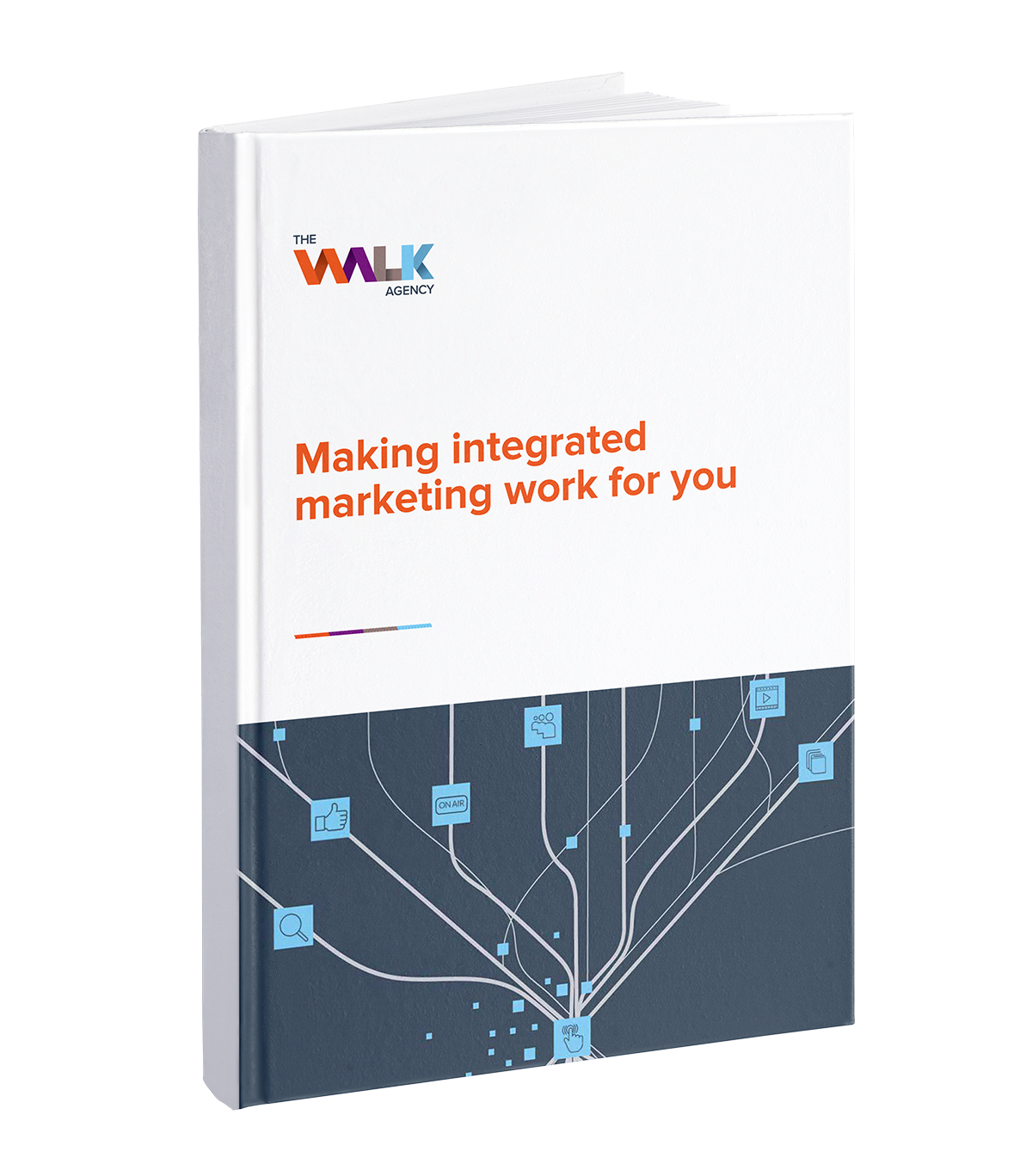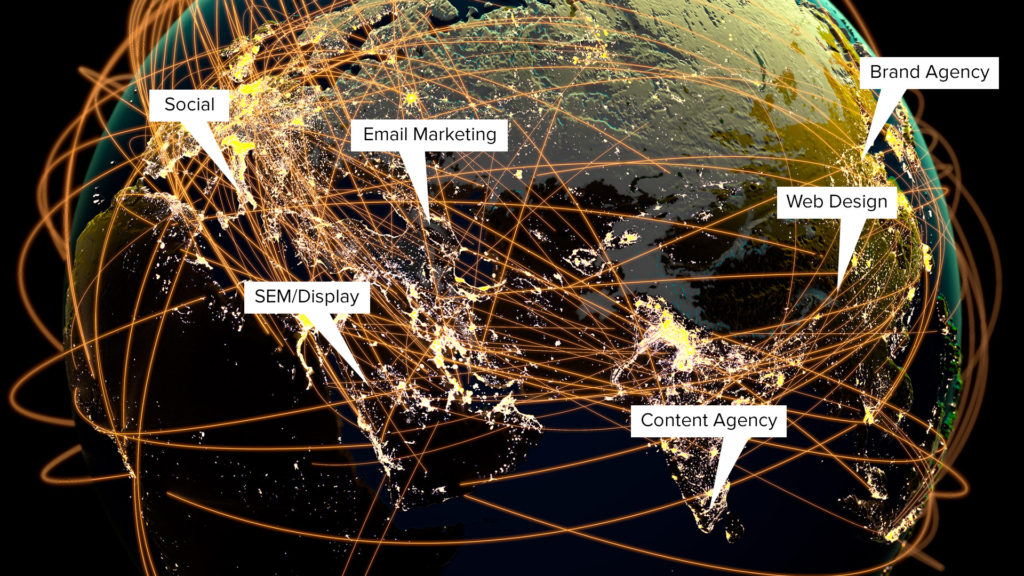Why frameworks have changed digital publishing for good
Fast. Smart. Agile. These are words that are often associated with web & app development. But take a look at the amounts of code and attention to UI and UX these solutions require, I think you’ll appreciate that a lot of work goes into it. So if the work is that involved, how do we do it fast?
Well, until recently, we just put hordes of people onto a project. Or we outsourced. We did whatever we had to do to get these lines of code written and tested as quickly as possible. Fortunately however, the industry as a whole moves very fast. The languages we are writing in are becoming more and more mature, which means that bit by bit, they are becoming more efficient to write.
In the marketing world, we produce a lot of rich, interactive and dynamic content. Often this means that there is more time spent on the front end – focusing on responsive design, user experience (UX) and user interactions (UI) – than on the back end, where the server and databases do their thing. At most agencies where digital is a tool in their belt, you’ll find a good number of people writing frontend code – HTML, CSS and Javascript. That’s because all the most beautiful, smart and intuitive solutions actually require masses of code to make them display and function correctly, especially with the explosion of screen sizes.
But now there’s good news – you can produce work like this too. How, you ask? The answer is: frameworks.
We’re big fans of frameworks at the Walk and we’ve been using them for back end development since we can remember. Then, a couple of years ago, we saw frontend frameworks start to come to life too. Think tools like Foundation and Bootstrap, which are HTML, CSS and JS frameworks that essentially allow us to hit the ground running. Why custom-write a carousel or video player if you’re writing in a consistent framework where you can actually reuse code that’s already written and tested? Front end frameworks provide components that cover a lot of these common requirements, written in such a way as to allow for easy customisation. That’s all great but you still need to understand the code to put it together.
Now, thanks to frontend frameworks, we can offer our clients solutions for dragging and dropping these framework components into their CMS. This might seem like a subtle shift, but it means that beautiful content, complete with advanced functionality, data-integrations and animations can be designed and implemented without actually writing a single line of code.
And with that, I declare web design dead.
Nick Cantor, Digital Director
With the coming together of backend frameworks and frontend frameworks, the picture is now complete. You now have access to tools that will let you drag-and-drop components from your frontend framework into your backend framework. And with that, I declare web design dead.
When you work on digital projects with The Walk, you’ll get work that’s as smart AND simple as can be. For our clients, who previously spent a fortune paying developers to write endless lines of code that was already available in a framework, they’re now not only spending less, but their in-house teams are also empowered to do more. Because we always approach projects from a technology agnostic perspective, we’ll use backend and frontend frameworks that your people know. We’ll make it as easy as possible for you to create great content. No coding skills required.





Be the first to comment on "Web design is dead, long live web design!"